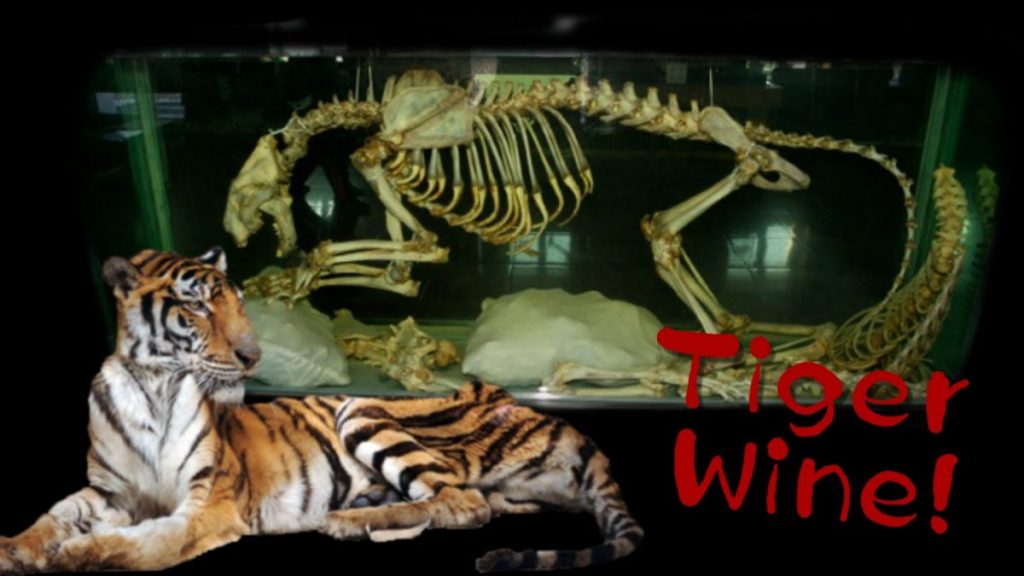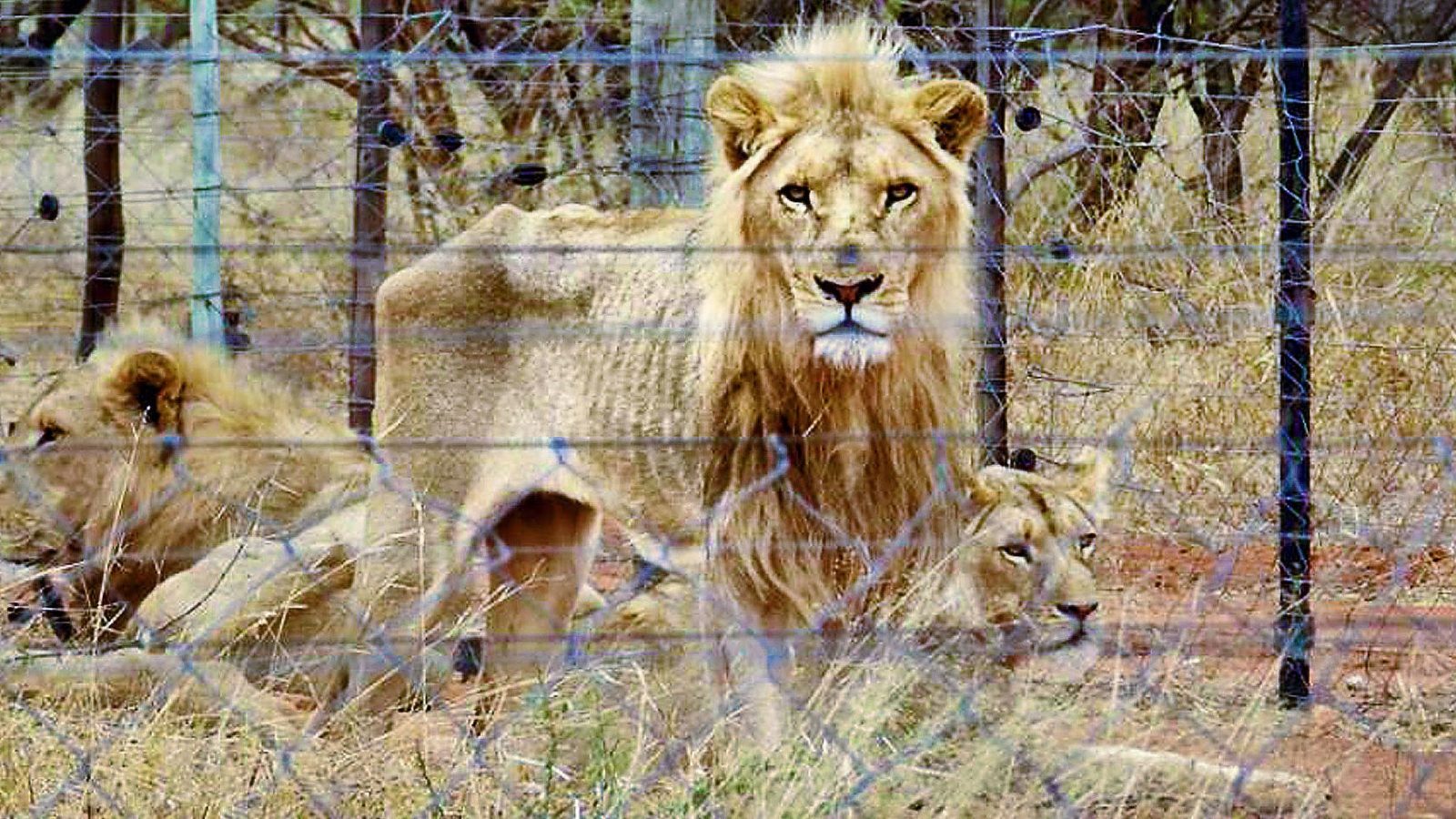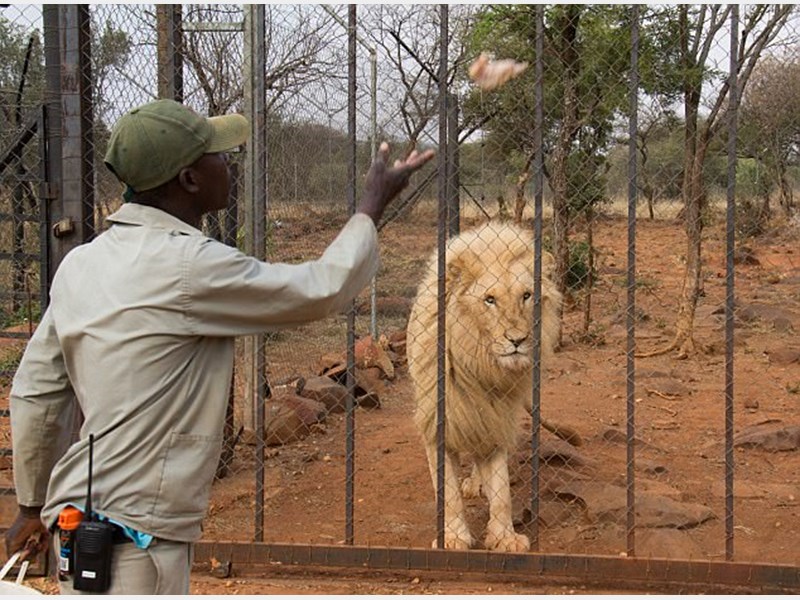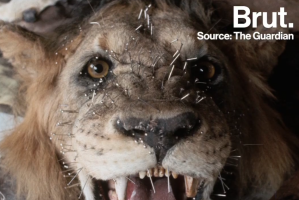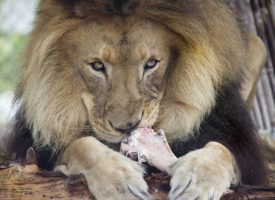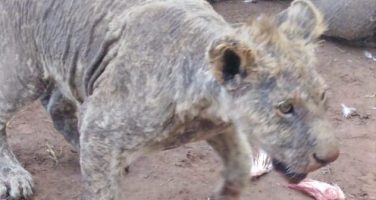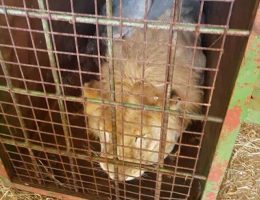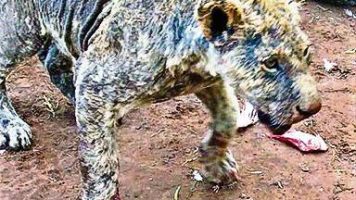How the captive Lion bone trade is killing African and Asian big cats
Angry headlines worldwide decried the news that the Trump administration had issued trophy-import permits for 38 lions killed by 33 hunters — including many high-rolling Republican donors — between 2016 and 2018. But the captive Lion bone trade is much worse. Experts worry this booming trade could doom the big cats in the wild.
The Lion species has experienced massive population drops over the past two decades. In 2016, the big cats got some protection under the Endangered Species Act. The Obama-era regulations still allowed some hunting. Imports of trophies were legal as long as the host countries could prove their hunts were sustainable. The Trump administration lifted that requirement last year and allowed imports on a “case-by-case basis.” Those 38 dead lions represent the Trump administration’s shift to hunting endangered species.
A story that came out about the captive Lion bone trade around the same time was more worrying than these trophies. A leaked letter from the South Africa Department of Environmental Affairs revealed that it had nearly doubled the legal captive lion bone trade quota and would allow the skeletons to be exported from the country. The quota went up from 800 to 1500 skeletons, a dramatic increase.
The captive Lion bone trade is worse
Unlike the hunters slain by hunters, the South African bones come from the country’s 300-plus lion farms. Here, the big cats are raised — often in terrible conditions — for use in “caged hunts.” According to the 2015 documentary Blood Lions, foreign hunters pay as much as $50,000 to shoot semi-tame lions in small, walled-off, inescapable encampments. The heads and skins from these caged hunts become trophies. The rest of the bodies are shipped to Asia. There the bones are ground down to be used as “medicine” and as a component in wine. There is no medicinal quality in lion or tiger bones.
These factory farms are believed to contain about 8,000 to 12,000 captive-bred lions. An astonishing number compared to the fewer than 20,000 lions estimated to still live in the wild throughout Africa. South Africa itself is estimated to hold fewer than 2,000 adult wild lions.
Where does this demand for lion products come from? Experts say the increase in the lion-bone trade is a response to Asia’s decline in wild tiger populations. Tigers are also poached for “medicinal” products. However, those big cats have become so rare in the wild — an estimated 3,900 animals spread across a dozen countries — that the industry has been forced to turn to other felines to feed its fortunes.
Captive Lion bone trade is rising while hunting for trophies declines
Luke Hunter of Panthera says, “the lion never had any traditional value in China. It’s an analogue to the tiger, so it seems acceptable there”. As more lions enter the legal bone trade, the danger to wild lions increases. A July 2017 report from the Environmental Investigation Agency said that legal trade in lion bones further threatens wild tigers and lions by stimulating demand for products made from their bodies. In traditional Asian medicine, wild products are more potent and valuable than farm-raised equivalents.
Interestingly enough, the farms and lion bone trade appears also to be inspiring an increase in the poaching of captive lions. Last month a report found that at least 60 captive lions in South Africa have been killed by poachers since 2016.
A lot of captive tigers were killed in South Africa
It is unclear how many tigers exist in South Africa, but the country has exported more than 200 captive-bred tigers over the past five years. About half of those cats were exported to Vietnam and Thailand, hubs of tiger-product smuggling activity.
All of this is big business, and while most of it is legal, some may not. Another new report, issued by two South African organizations called the EMS Foundation and Ban Animal Trading, accused the legal lion-bone trade of shipping a much greater quantity of bones than officially reported. The two organizations used their report to call for eliminating all lion exports from South Africa. They also call for restricting the breeding of lions and other big cats and investigating the finances of breeders.
What does the future hold for wild lions? A 2015 study predicted that wild lions would see another 50 per cent population decline in two decades. Poaching, the bushmeat trade, retaliatory killings for livestock predation, and habitat loss. These are the reasons. Add legal trophy hunting and poaching inspired by the legal bone trade into the mix, and that timeline may accelerate — and lions throughout Africa could pay the price.
